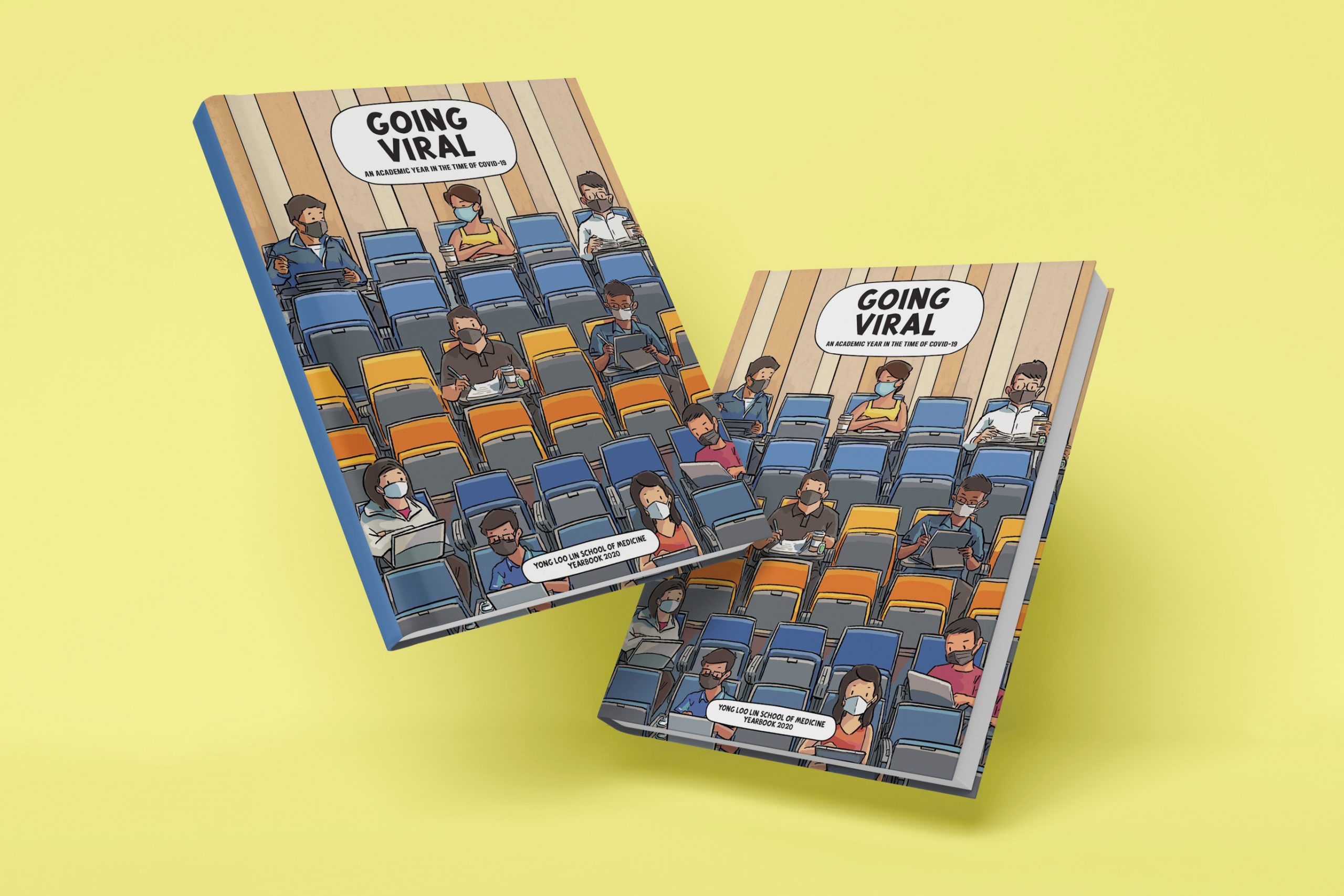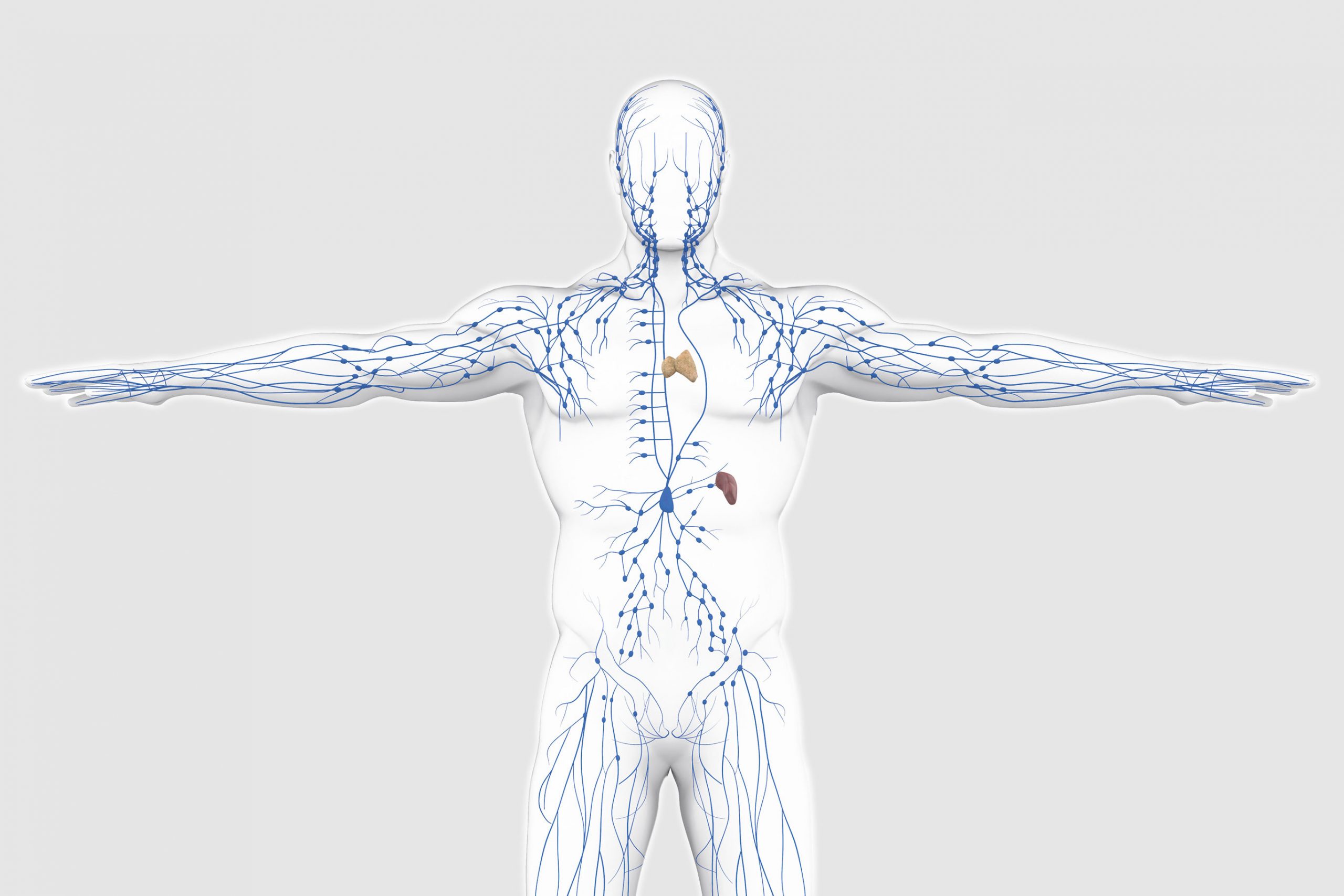
Issue 39 / August 2021
Insights
Medical Technologies Open Doors to New Possibilities
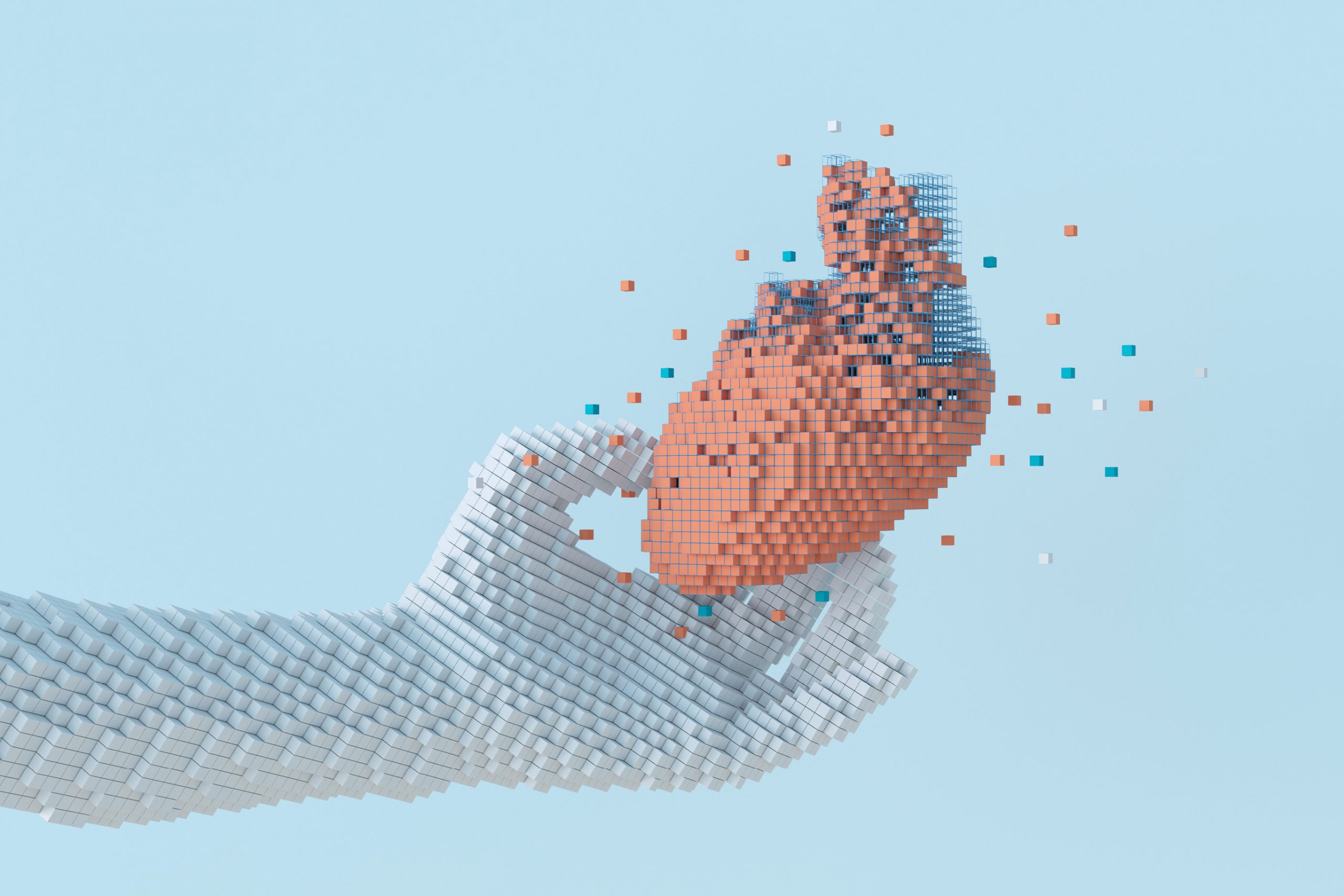
We are hurtling towards a world that may be hard to imagine in a decade to come, just as someone from 10 years back would probably not have been able to envisage so many of the features of the world that we live in today.
ast month, I bought myself a Wellue O2Ring1 (Figure 1). On account of the research I have seen upfront from Professor Ronald Lee2 of the National University Heart Centre, Singapore, the association between sleep apnea and cardiovascular disease is hard to ignore. Although causality evidence is still forthcoming, I am nevertheless concerned to find that I have what I think are a significant number of desaturation episodes during my sleep at night (Figure 2). There are physiological plausibilities that sleep apnea will cause or exacerbate hypertension or cardiac hypertrophy. The O2Ring markets itself as a medical-grade oxygen monitor and it does fit comfortably on the thumb. I wear it in the night, and it monitors my pulse rate and O2 saturations silently without disturbing my sleep. What disturbs me instead is the numerous and consistent episodes of desaturations, although they have improved somewhat with a change in pillows and avoiding alcohol before sleeping.
But my own experience is not the message here. Rather, it is the ease with which we now have medically tested devices such as these, available not just to the medical profession, but to anyone who wants to monitor themselves, that is the focus of this article.
Some time ago, I bought my 20-year old son another device called the Oura Ring3. This is a smart device that captures your day and night activity, steps, calories, heart rate variability, sleep cycle and more, integrating data into scores for “Readiness”, “Sleep” and “Activity”. You will have to investigate it to understand, but my son loves it, and many of his new age mates now wear one themselves. I hope the device doesn’t encourage a generation of hypochondriacs.
There is another piece of technology that particularly impressed me. Artificial Intelligence (AI) sets out to make decisions for man, at a scale that not only becomes ever more convenient, but more impressively, at levels that are inscrutable even to experts who have the knowledge. This is the proverbial black box, which is what AI is to me.
Data is fed into a machine learning system, and it looks for patterns so that decisions or conclusions can be generated for subsequent test samples. The innovative company called Eko4 now has an FDA-granted ‘Breakthrough’ designation for its electrocardiogram (ECG) based algorithm that screens for low ejection fraction to detect heart failure. Using paired ECG and echo data from over 44,000 patients at the Mayo Clinic5, the inventors trained a “convolutional neural network” to identify patients with ventricular dysfunction using the 12-lead ECG alone.
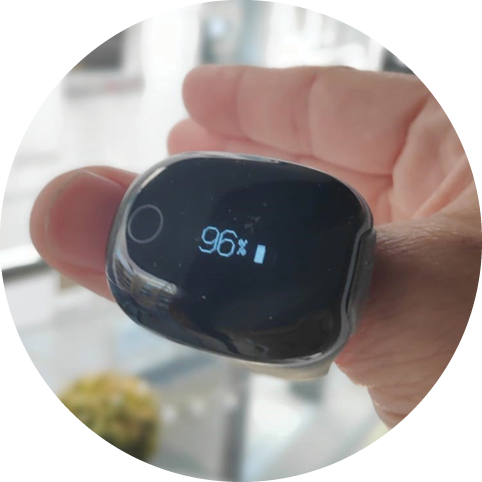
Figure 1. The O2Ring fitted snuggly on my finger.
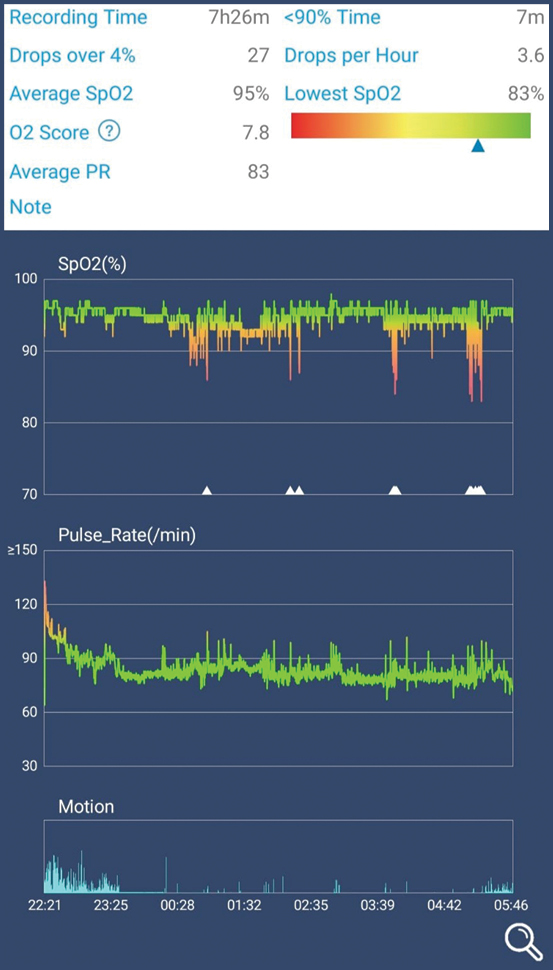
Figure 2. The data collected with the O2Ring from an overnight sleep. Top row represents Oxygen saturations and dips (desaturations), middle and bottom rows represent heart pulse rate and motion respectively.
Reportedly, when tested on a subsequent independent set of ECGs from 52,000 patients, the algorithm yielded impressive sensitivity, specificity and accuracy. For patients without ventricular dysfunction and a positive algorithm score, there was a four-fold increase in risk of developing future ventricular dysfunction. This is impressive. Not only does this tool simply need an ECG to tell if the patient has poor heart function, which is arguably easy to do if you have ready access to an echo machine in your clinic, but the tool also has predictive value to identify those who are not yet showing evidence of heart failure. I am keeping my eye on how this technology gets to clinical practice. Is it clinics or centres which do not have echo machines that will find this most useful for prioritising and diagnosing patients with heart failure? What is the minor ECG disturbance that is picked up by the algorithm, that escapes the eye of a cardiologist, that makes it possible for Eko to predict that someone is to have future heart failure?
Finally, Project InnerEye based out of Addenbrooke’s Hospital Cambridge6, looks like a collaboration between Microsoft Corporation and radiation oncologists, with an aim to automate quantitative analysis of 3D medical images. Imaging is key for a radiation oncologist to delineate and segment the tumour from healthy surrounding tissue with high precision, in order to plan for targeted radiation therapy.
90%
of the world’s data
was created in the
last 2 years
Delineating tumour boundaries is a painstaking and time-consuming procedure. As an example of AI application to medical imaging, this project looks set to cut down manual operator time, significantly accelerate radiotherapy planning7 and cut through the bottleneck that slows down patient queues to their cancer treatment. The future is here.
The
>100
petabytes of data generated by eBay is more than all the books ever written in every language since the dawn of man
(~50 petabytes)
It will be remiss for us in the medical profession to ignore expanding technology. Somewhere in the Nevada desert lies a large set of buildings that looks easily like an airport from a distance, or sci-fi designed towers and warehouses close-up, but in fact it is Switch, the world’s largest data company that stores data for Google, Amazon, Microsoft and all other tech giants.
I have learnt that 90% of the world’s data was created in just the last two years alone8, and just one tech company (eBay) has generated more data (>100 petabytes) than all the books ever written in every language since the dawn of man (~50 petabytes). Data is collected on the choices we make, the places we go, the material we read, the goods we buy, the food we consume and much more. I think we are beginning to see the power of such data harvesting enter the realm of medicine and healthcare. The medical profession has the responsibility to keep ourselves centre and relevant in all the discussions and conversations around medical technology.
-
https://pubmed.ncbi.nlm.nih.gov/19497895/, and others.
-
https://www.microsoft.com/en-us/research/project/medical-image-analysis/.
-
Quote from Missy Young, CIO Switch.

